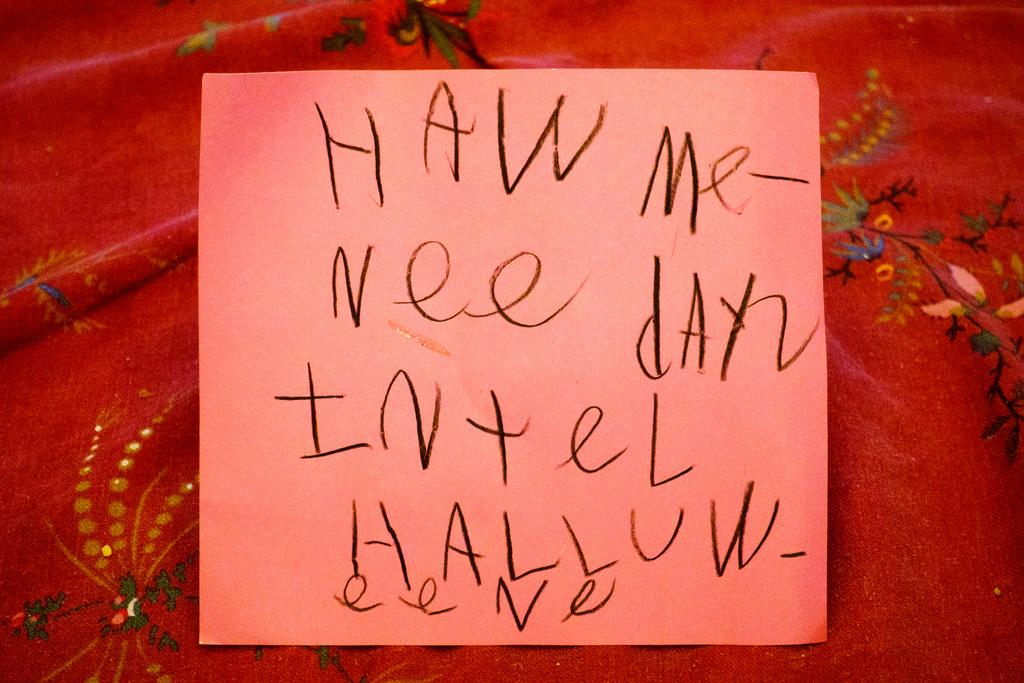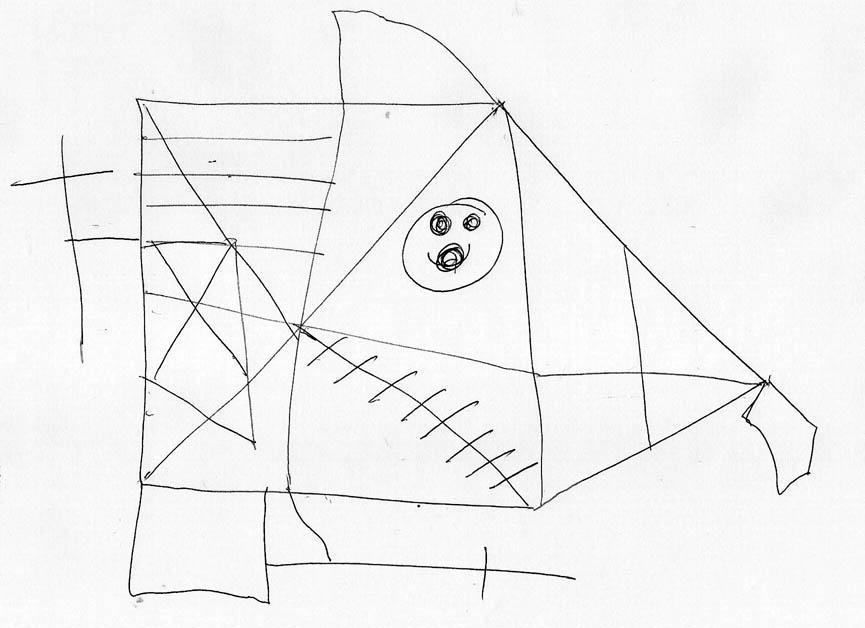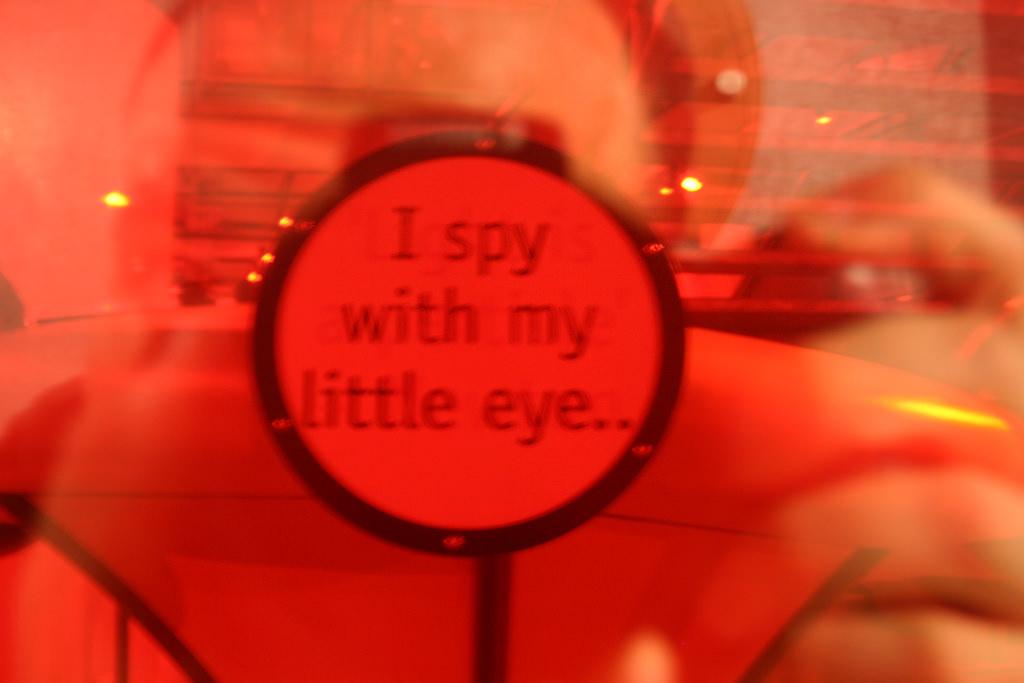
Handwriting is a fundamental skill for anyone school age and above. The underlying skills required for handwriting, as well as ideas for therapeutic activities to address handwriting with children, are reviewed in the following chart.
| Skill | Description | Example | Therapeutic Activities | Photo/Video |
| Visual Perceptual Skills: Visual memory | The ability to remember what was just seen. Visual memory affects the following areas of handwriting:
-the ability to write letters and words from memory |
A kindergarten student is able to write his first name on his paper without looking at his name card for the first time. | -Ask the child to look at his or her name card and then cover it up. Tell the child to write his or her name without looking. -Write a letter in sand or shaving cream, then quickly erase it and have the child write the same letter. -Give a child picture analogies for common words, such as the word “bed” looks like a bed. |
A vision therapist demonstrates visual memory activities for children and explains how they help improve functional skills. |
| Visual Perceptual Skills: Visual discrimination | The ability to distinguish similarities and differences between two objects. This skill applies to the ability to notice differences in letters with similar appearances during handwriting, such as a and o, b and d, p and q. | A first grade student writes the letters “a” and “o” using the same pencil patterns and must go back to add the stick on the “a” after a visual reminder. | -Talk the child through the formation of similar letters using verbal cues such as “Over, around, up and down” or “make magic c, then turn it into an a”* -Use puzzles, vertical writing, and multisensory writing methods to reinforce correct letter formation to emphasize the differences between similar letters. |
A vision therapist demonstrates a visual discrimination activity and explains how it helps improve functional skills. |
| Visual Perceptual Skills: Visual spatial orientation | The ability to tell the orientation and placement of objects in relation to each other. For handwriting, this skill applies to letter case, size, spacing, and placement on the writing line. For older students, it also applies to organizing a written assignment on the page. | A second grade student uses his finger to make spaces between words as he writes a sentence. | -Use darkened writing lines, highlighted writing paper, or raised line paper to give children multiple methods of input regarding line placement.
-Make a “spaceman” spacer from a small, craft size clothespin (draw a face on the top) and have a student place the spaceman between words to make the spaces. A finger or a plastic spacer also works. |

Example of the Rey-Osterrieth Complex Figure, used to test visual spatial orientation and visual memory. |
| Visual Perceptual Skills: Figure-ground | The ability to distinguish an object against a background. This skill relates to the ability to copy using handwriting from a board or another piece of paper without missing letters or words. | A classroom teacher writes the instructions for a science project on the classroom white board, using a different color for each step to make the instructions stand out. | -Make “word art” projects such as stencil painting a student’s name or writing words using scratch art. -Have students play hidden picture games, finding words instead of pictures. |

The game “I Spy” is based on the skill of figure-ground discrimination. |
